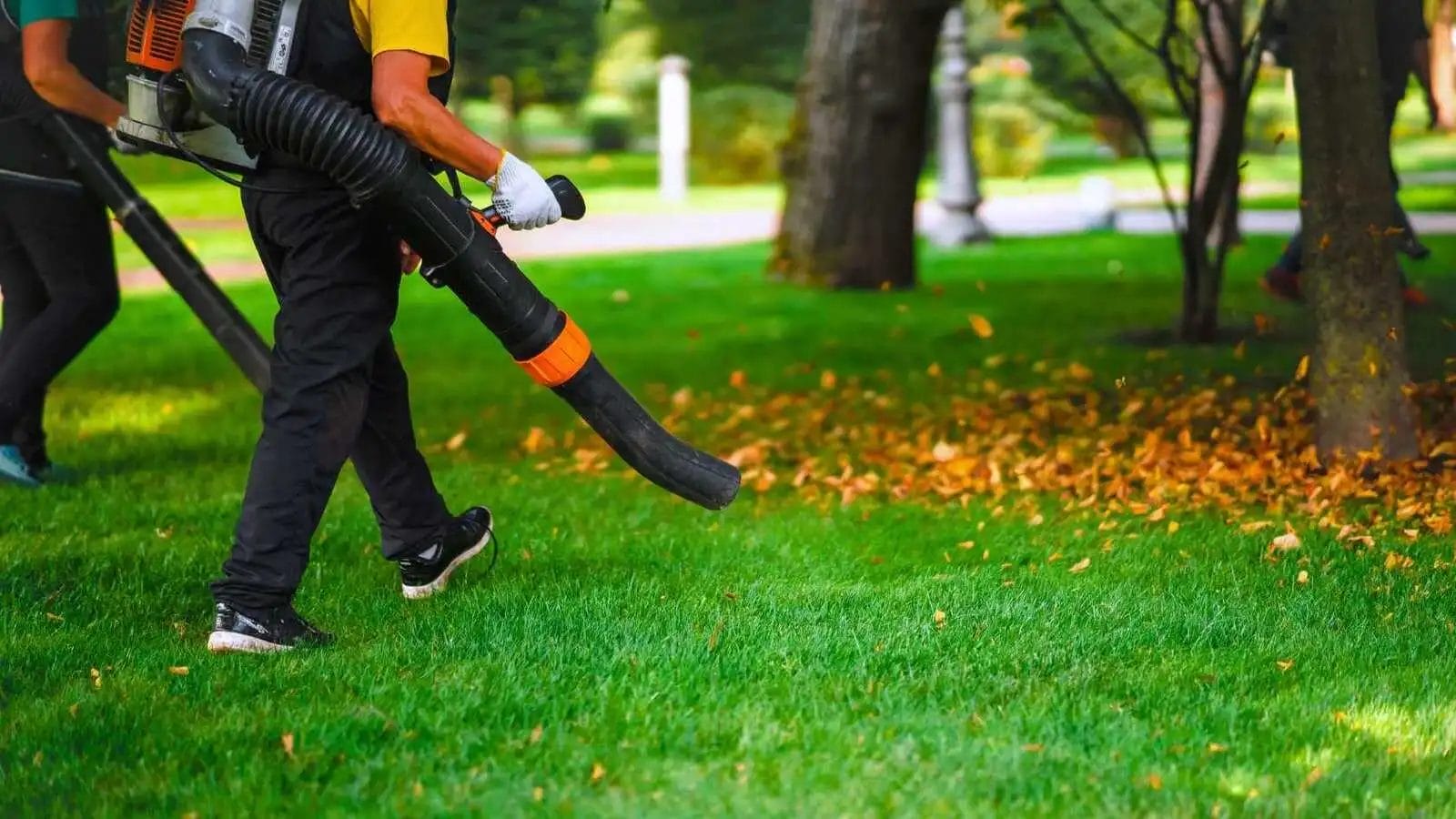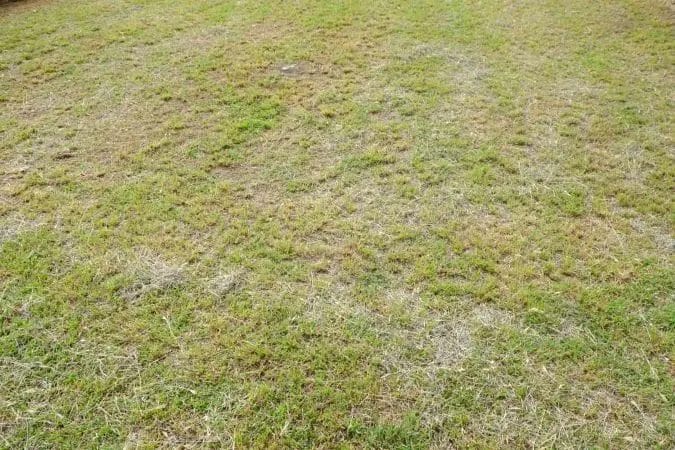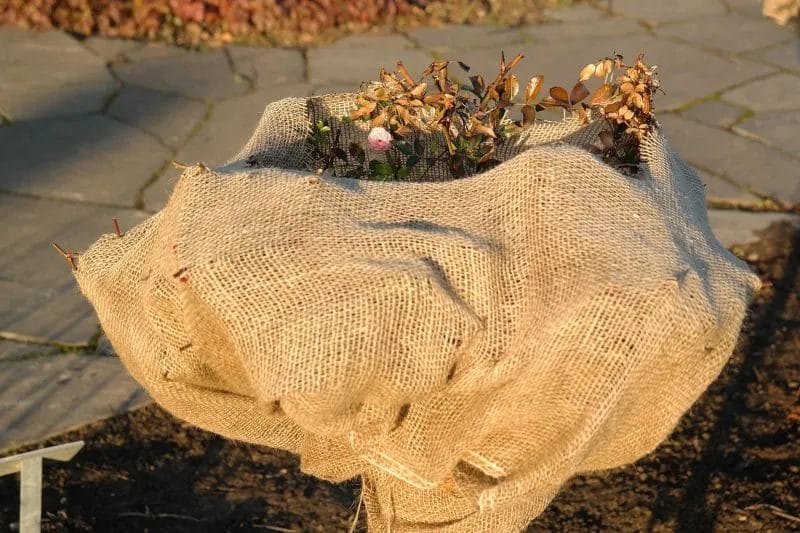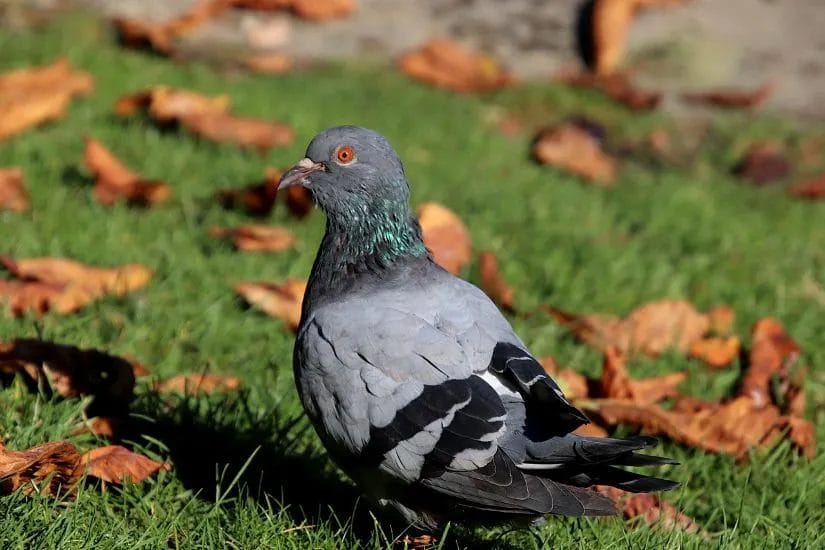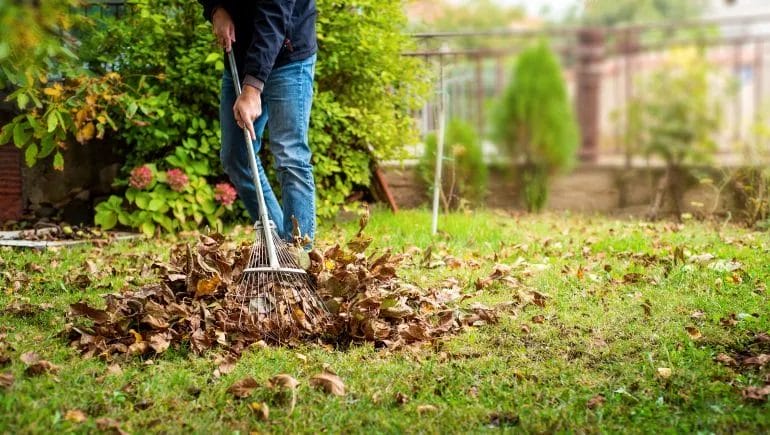Tree removal can be a challenging task, but with the right knowledge, you can ensure it is done safely and efficiently. In this guide, you’ll learn necessary steps and tips to handle tree removal with confidence, whether you’re working with Smith Brothers Services, Smith Brothers Landscape, or Smith Brothers Tree Services. By understanding the best practices and safety precautions for trees services, you’ll protect your property and yourself while achieving professional results. Let this guide be your trusted resource for all your tree removal needs.
Red Flags: Identifying Trees That Need Removal
You might notice trees on your property exhibiting signs that suggest removal is necessary for safety or aesthetic reasons. Pay close attention to cracked or split trunks, large dead branches, fungal growth near the base, or soil heaving around roots. Trees leaning significantly, especially after storms, can also pose risks. Smith Brothers Services frequently encounters these scenarios where early identification helps prevent costly damage to your home or landscape. Recognizing these red flags early allows you to schedule prompt intervention with professional trees services.
Signs of Structural Weakness
Structural weakness often appears through visible cracks, cankers, or cavities that compromise a tree’s stability. When branches begin to detach or the trunk shows decay signs, your tree may no longer support its own weight. Another common indicator involves abnormal branch patterns or excessive leaning. In many cases, Smith Brothers Tree Services finds that such weaknesses arise from previous storm damage or poor pruning practices. These signs mean the tree could unexpectedly fall, threatening your safety and your property.
Diseases and Pests That Compromise Tree Health
Diseases like oak wilt, Dutch elm disease, and various root rots can ravage your trees, reducing vitality and leading to death if untreated. Pests such as emerald ash borer or bark beetles aggressively infest weakened trees, accelerating decline. You may observe discolored leaves, early leaf drop, or sap oozing from bark, which often indicate serious infestations. Smith Brothers Landscape specialists emphasize timely diagnosis and removal to control spread and protect surrounding vegetation.
Different pathogens and insects target specific tree species, making identification key for effective treatment or removal. For example, the emerald ash borer has decimated millions of ash trees in North America, recognized by D-shaped exit holes and canopy thinning. Fungal infections sometimes produce conks or mushrooms growing from the trunk, signaling internal decay. Consulting with Smith Brothers Tree Services can provide accurate assessments for infected trees, allowing you to make informed decisions that safeguard your landscape’s overall health.
The Art and Science of Safe Tree Removal Techniques
Mastering safe tree removal techniques requires a blend of practical skills and scientific understanding. You’ll need to evaluate the tree’s species, height, and lean, along with the surrounding environment to make informed decisions. Smith Brothers Services utilize precise cutting methods, such as hinge cuts and back cuts, that control the tree’s fall direction, minimizing risk. Familiarity with tree behavior during cutting, including how different species respond to wounds, ensures successful and damage-free removal every time.
Tools and Equipment Essential for Safe Practices
Equipping yourself with the right tools like chainsaws with anti-vibration technology, protective gear, ropes, wedges, and rigging devices from Smith Brothers Tree Services optimizes safety and efficiency. These tools reduce physical strain and increase precision in cutting and controlling the tree’s descent. Investing in well-maintained, high-quality equipment aligns with professional-level safety standards, allowing you to execute complex removals even in challenging conditions.
Step-by-Step Approach to Efficient Tree Felling
The standard process starts with assessing the site for hazards, then planning the tree’s fall path to avoid obstacles. You’ll begin with the notch cut facing the fall direction, removing a 70-degree notch about one-fifth of the tree’s diameter. Next, the back cut on the opposite side releases the tension while leaving a hinge that guides the fall. Using ropes or wedges can help maintain control, and walking clear immediately after the tree begins to fall secures your safety throughout the operation.
Detailed Steps for Safe Tree Felling
| Step | Description |
| Site Assessment | Identify hazards like power lines, structures, and wind direction to plan a clear and safe fell zone. |
| Notch Cut | Create a 70-degree notch facing the desired fall direction, about 20% into the trunk diameter. |
| Back Cut | Cut opposite the notch to release the tree, leaving a hinge of intact wood to guide the fall. |
| Use of Ropes/Wedges | Utilize ropes for controlled pulling or wedges to prevent the saw from pinching to direct the fall safely. |
| Retreat and Observation | Clear the area immediately and watch the tree’s descent, ready to react if unexpected movement occurs. |
This detailed method reflects Smith Brothers Landscape’s approach to creating efficient, low-risk tree removal operations that prioritize safety and accuracy. Techniques vary slightly depending on conditions, but the general sequence ensures you manage forces such as wind, wood tension, and tree weight effectively for a clean and safe cut every time.
Navigating Legalities and Regulations: What You Must Know
Before scheduling any tree removal with Smith Brothers Services, you’ll need to understand local laws that regulate tree cutting in your area. Many municipalities enforce strict guidelines that protect urban canopy and prevent unauthorized removals. Violating these could lead to fines or restoration orders, so checking local rules through your city or county website often saves time and money. Engaging professionals like Smith Brothers Landscape ensures compliance while handling paperwork, keeping your project legal and hassle-free.
Permitting Processes and City Ordinances
Your city might require a permit for removing certain trees, especially if they’re above a specified size or protected by ordinances. For example, some towns mandate permits for trees over 12 inches in diameter. The application may ask for tree location, species, and reason for removal, which Smith Brothers Tree Services can efficiently compile. Knowing these processes upfront helps you avoid delays or penalties and ensures your tree services are conducted within legal boundaries.
Environmental Considerations and Protected Species
Environmental regulations often protect specific tree species or habitats, particularly those hosting endangered wildlife. Species like the oak wilt-susceptible white oaks or old-growth pines may be off-limits without special authorization. Your local forestry department can provide a list of protected species to watch for during tree removal evaluations.
Expanding on this, certain regions protect nesting birds under the Migratory Bird Treaty Act, meaning tree removal is restricted during breeding seasons (typically March to August). Additionally, endangered species such as the red-cockaded woodpecker rely on mature pine forests. Smith Brothers Tree Services conducts thorough assessments to identify any protected species presence or sensitive environments before work begins, helping you avoid legal issues and support conservation efforts.
The Importance of Professional Expertise vs. DIY
Handling tree removal on your own might seem cost-effective, but professionals from Smith Brothers Services bring specialized skills and equipment that drastically reduce risks. Their experience navigating complex tree structures, local regulations, and safety protocols means your property and loved ones stay protected. Attempting DIY removal without this expertise can lead to serious injury or property damage, situations where even Smith Brothers Tree Services would recommend a professional approach for your peace of mind.
Risks Associated with Amateur Tree Removal
You face significant risks when removing trees without professional guidance. Inexperienced attempts often overlook hidden hazards such as power lines, unstable branches, or underground utilities. Incorrect cuts can cause trees to fall unpredictably, endangering your home and family. Injuries from chainsaws and improper equipment handling are common, which is why Smith Brothers Landscape stresses that safety gear and knowledge are non-negotiable in any trees services operation.
When to Call in the Experts: Indicators for Professional Help
If your tree leans dangerously close to structures, shows signs of rot, or is entangled with power lines, it’s an immediate call for Smith Brothers Tree Services. Large diameter trees, especially those exceeding 30 feet or located on uneven ground, require equipment and skills beyond DIY capabilities. Smith Brothers Services also steps in when local regulations demand permits or when insured liability is a concern, ensuring compliance and security throughout the removal process.
Many homeowners underestimate the complexity of tree removal until faced with challenging conditions such as proximity to utilities or steep slopes. Smith Brothers Landscape provides a thorough site evaluation to identify risks invisible to the untrained eye, like internal decay or hidden nests, which can cause tree failure mid-removal. Their professional assessment can save hundreds of dollars in potential damages and prevent accidents, making early consultation an investment in your property’s safety and your family’s well-being.
Post-Removal Care and Landscape Restoration
Once the tree removal is complete, addressing the aftermath ensures your property stays safe and visually appealing. Handling debris efficiently and deciding on stump removal options prevents hazards and prepares your yard for new growth. Your landscape’s recovery hinges on targeted soil restoration and strategic replanting, which restores nutrients and revitalizes the ecosystem, setting the stage for a healthy green space. Engaging with trusted experts like Smith Brothers Services can streamline this phase, blending professional cleanup with thoughtful landscape renewal that complements your property’s unique environment.
Cleaning Up and Stump Removal Options
Debris removal starts with collecting branches, leaves, and wood chips, avoiding leftover hazards that can attract pests or create fire risks. You can choose from grinding the stump down to below soil level, complete grinding removal, or even excavation for large root systems. Smith Brothers Tree Services often recommends stump grinding for most residential properties, providing a cost-effective balance between thoroughness and minimal landscape disruption. Proper cleanup not only enhances curb appeal but also simplifies ongoing lawn maintenance and reduces the chance of injuries from hidden wood pieces.
Strategies for Replanting and Soil Restoration
Revitalizing the soil after tree removal involves assessing compaction and nutrient levels, which directs targeted interventions like aeration or organic mulch application. Incorporating nitrogen-rich compost or biochar can improve soil fertility and structure. Choosing native or adaptive replanting species benefits long-term soil health and local biodiversity. Smith Brothers Landscape experts suggest planting deep-rooted cover crops initially to improve soil aeration before introducing your preferred shade or ornamental trees, ensuring a sustainable recovery aligned with your landscape vision.
Expanding on replanting strategies, employing cover crops such as clover or vetch can boost nitrogen content naturally, fostering soil microbes pivotal for nutrient cycling. This practice accelerates soil recovery within 3 to 6 months, making way for more permanent plantings without prolonged downtime. Additionally, selecting drought-resistant native trees like oaks or maples aligns with many regional ecosystems, reducing irrigation needs and enhancing resilience. Smith Brothers Landscape tailors replanting plans that integrate these insights, combining science-backed soil amendments with species suited for your microclimate to ensure the new plantings thrive sustainably.
Conclusion
Ultimately, ensuring safe tree removal requires careful planning, proper equipment, and expert knowledge. By choosing Smith Brothers Services, including Smith Brothers Landscape and Smith Brothers Tree Services, you benefit from experienced professionals dedicated to protecting your property and health. Trusting reliable trees services will help you manage your landscape efficiently while preventing potential hazards. When you prioritize safety and professionalism, you secure the best outcome for your trees and surroundings.
